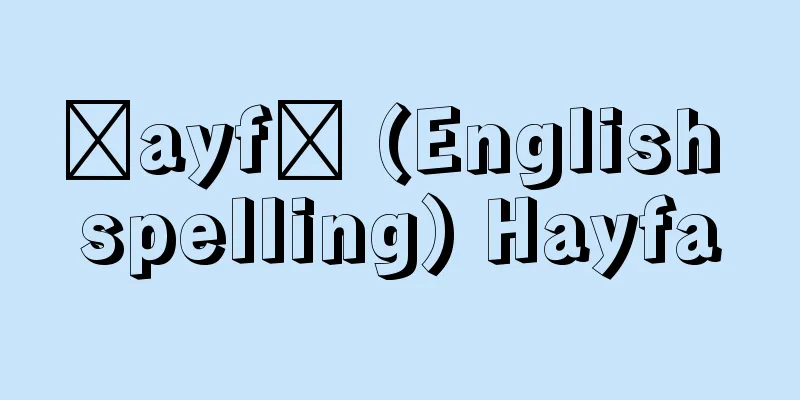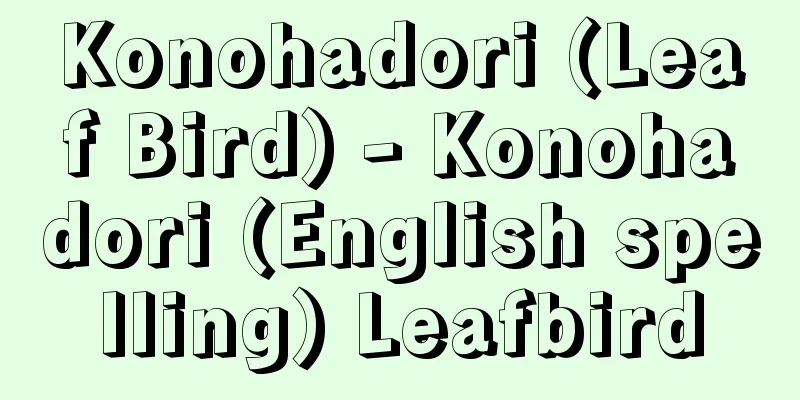Hanasakajii - Hanasakajii

|
An old tale. One of the tales of attaining wealth, with the theme of using the power of animals to obtain wealth. The outer frame is in the "neighbor's old man" style, and also contains elements of an "animal repaying a favor tale." A good old man keeps a dog. The dog digs in the field. When it digs, it finds gold coins. When the bad old man borrows the dog and tries to imitate it, it finds foul things. The bad old man kills the dog. The good old man buries the dog and plants a pine tree on the grave. The pine tree grows quickly. The good old man makes a mortar out of the pine and pounds mochi, finding gold coins. When the bad old man borrows the mortar and pounds it, it finds foul things. The bad old man burns the mortar. When the good old man scatters the ashes, flowers bloom on the withered tree, and he receives a reward from the lord. When the bad old man tries to imitate it, the ashes get into the lord's eye and he is reprimanded. It appears in documents from the mid-Edo period onwards, such as Akahon's "Karekina Hanasakase Jiji," and is one of the five great Edo period fairy tales. Even after the Meiji period, it has been widely loved in picture books and reading material. Other old tales include "Gantori-jii," in which a good old man scatters ashes which fly into the eyes of geese and many of them are caught, and "Gantori-jii," in which bamboo shoots that grow from a grave break into the treasure trove of heaven and cause gold to fall from the sky. Similar tales to these can also be found in Korea and China. Two brothers divide up their fortune. The younger brother cultivates a field with a dog he was given and becomes rich. The older brother tries to borrow the dog, but fails and kills it. When the younger brother buries the dog, bamboo grows from its grave, which makes the younger brother rich. The older brother tries to imitate it, but fails. Even the details are similar to "The Old Man Who Made the Wild Geese Bloom" and "The Old Man Who Caught the Wild Geese," and they are clearly of the same origin. In "The Old Man Who Made the Wild Geese Bloom" and "The Old Man Who Caught the Wild Geese," the dog, which is the central theme of the story, is told in a box that floated down the river, just like in "Momotaro," but this is a "narrative style" at the beginning of the tale and not the essence of the tale. A similar tale to "The Brothers and the Dog," in which the brothers gain wealth through the power of a dog they received as a trivial inheritance, in which the dog turns into a fox, can also be found among the Uighur people, an ethnic group living in Mongolia and Xinjiang. Some foxes act as personalities to make their master wealthy, such as the cat in "Puss in Boots" from the collection of fairy tales by Charles Perrault of France. While the "Hanasaki Old Man" type dog is practical in his actions, on the inside he shows religiosity, making his master wealthy through reincarnation, whereas the "Puss in Boots" type fox's actions are personal and his religiosity is at the forefront, so the only difference is whether his religiosity is external or internal. Similar stories in which the fox is transformed into a monkey or a jackal can also be found in India and Indonesia. The "Puss in Boots" type has spread through Turkey and is found throughout Europe, including in Perrault's collection of fairy tales. It was probably in mainland China, where the two types border, that this type differentiated into the "Old Man Who Made the Flowers Bloom" type. The difference between these two types is also a manifestation of the qualitative difference between the realistic folk tales of East Asia and the fantastical folk tales of West Asia and Europe. [Yo Kojima] Source: Shogakukan Encyclopedia Nipponica About Encyclopedia Nipponica Information | Legend |
|
昔話。動物の力で富を得ることを主題にした致富譚(たん)の一つ。外枠は「隣(となり)の爺(じじ)」型で、「動物報恩譚」の要素もある。善い爺がイヌを飼う。イヌが畑を掘る。そこを掘ると小判が出る。悪い爺がイヌを借りてまねると汚い物が出る。悪い爺はイヌを殺す。善い爺はイヌを葬り、墓にマツの木を植える。マツはすぐに成長する。善い爺がマツで臼(うす)をつくり、餅(もち)を搗(つ)くと小判が出る。悪い爺が臼を借りて搗くと汚い物が出る。悪い爺は臼を焼く。善い爺がその灰をまくと、枯れ木に花が咲き、殿様から褒美をもらう。悪い爺がまねをすると、殿様の目に灰が入り、とがめを受ける。赤本の『枯木花(かれきにはな)さかせ親仁(じじ)』をはじめ、江戸中期以後の文献にみえ、江戸時代の五大童話の一つになっている。明治以後も絵本や読み物で広く親しまれている。昔話には、ほかに、結末が善い爺が灰をまくとガンの目に入って、ガンがたくさんとれたとか、墓から生えた竹が天の金蔵を破って金が降ってきたとかという「雁取(がんとり)爺」もある。 これらの昔話の類話は、朝鮮や中国にもある。2人の兄弟が財産を分ける。弟はもらったイヌで畑を耕して富む。兄はイヌを借りるが失敗して殺す。弟がイヌを葬ると、その墓から竹が生え、それで弟は富む。兄はまねるが失敗する。細部まで「花咲爺」や「雁取爺」とよく共通しており、明らかに同源である。「花咲爺」や「雁取爺」には、主題の核であるイヌは、「桃太郎」と同じく川上から箱に入って流れてきたという語り方があるが、これは昔話の語り始めの「語りの様式」で、この昔話の本質ではない。つまらない遺産として得たイヌの力で富を得る「兄弟と犬」のイヌがキツネにかわった類話は、モンゴルや新疆(しんきょう)に住む民族ウイグルにもある。キツネは、フランスのシャルル・ペローの昔話集の「長ぐつをはいた猫」のネコのように、人格的に活動して主人を富ませるものもある。これは、「花咲爺」型のイヌが、行動上は現実的でありながら、内面的には転生によって主人を富ます宗教性を示しているのに対して、「長ぐつをはいた猫」型のキツネは、行動そのものが人格的で、宗教性を前面に出しており、宗教性が外面的か内面的かだけの違いである。 キツネが、サル、ジャッカルに変化した類話は、インド、インドネシアにもある。「長ぐつをはいた猫」型は、トルコを通って、ペローの昔話集をはじめ、ヨーロッパ全域に分布している。これが「花咲爺」型と分化したのは、二つの型が接している中国大陸であろう。この二つの型の違いは、現実的な東アジアの昔話と、空想的な西アジア、ヨーロッパの昔話の質的な差異の現れでもある。 [小島瓔] 出典 小学館 日本大百科全書(ニッポニカ)日本大百科全書(ニッポニカ)について 情報 | 凡例 |
<<: Hanasaki crab - Hanasaki crab
>>: Risso's dolphin (flower giant head)
Recommend
Basidiospore
…Amokine spores are widely found in algae, fungi,...
Intersection - highway grade separation
An intersection where two roads, or a road and a ...
Gas appliances - Gasukigu
Appliances that use the heat generated when gas i...
Moldova
◎Official name: Republic of Moldova (Republic of M...
Mercure de France (English spelling)
…All of these were publications by 17th-century i...
Almanaque Nautico (English)
...Used for various astronomical observations, as...
MIRV - Multiple Independent Reentry Vehicle
A system that uses multiple nuclear warheads on a ...
dry fruit
…fruit that has been dried to prevent spoilage an...
Clog almanac (English spelling)
…Government agencies and academic societies may c...
Forros
...The descendants of the slaves who were brought...
Istro-Romanian - Istro-Romanian
…(3) Megleno-Romanian: Approximately 10,000 speak...
Junan Nakagawa
Year of death: Tenmei 6.6.7 (1786.7.2) Year of bir...
Medoviĉ, C.
...A country that existed in the western Balkan P...
Vandelverde, É. (English spelling) VandelverdeE
...Originally an English adjective that came into...
Tanucci, B.
…In Naples, rebellions by the lower classes occur...









